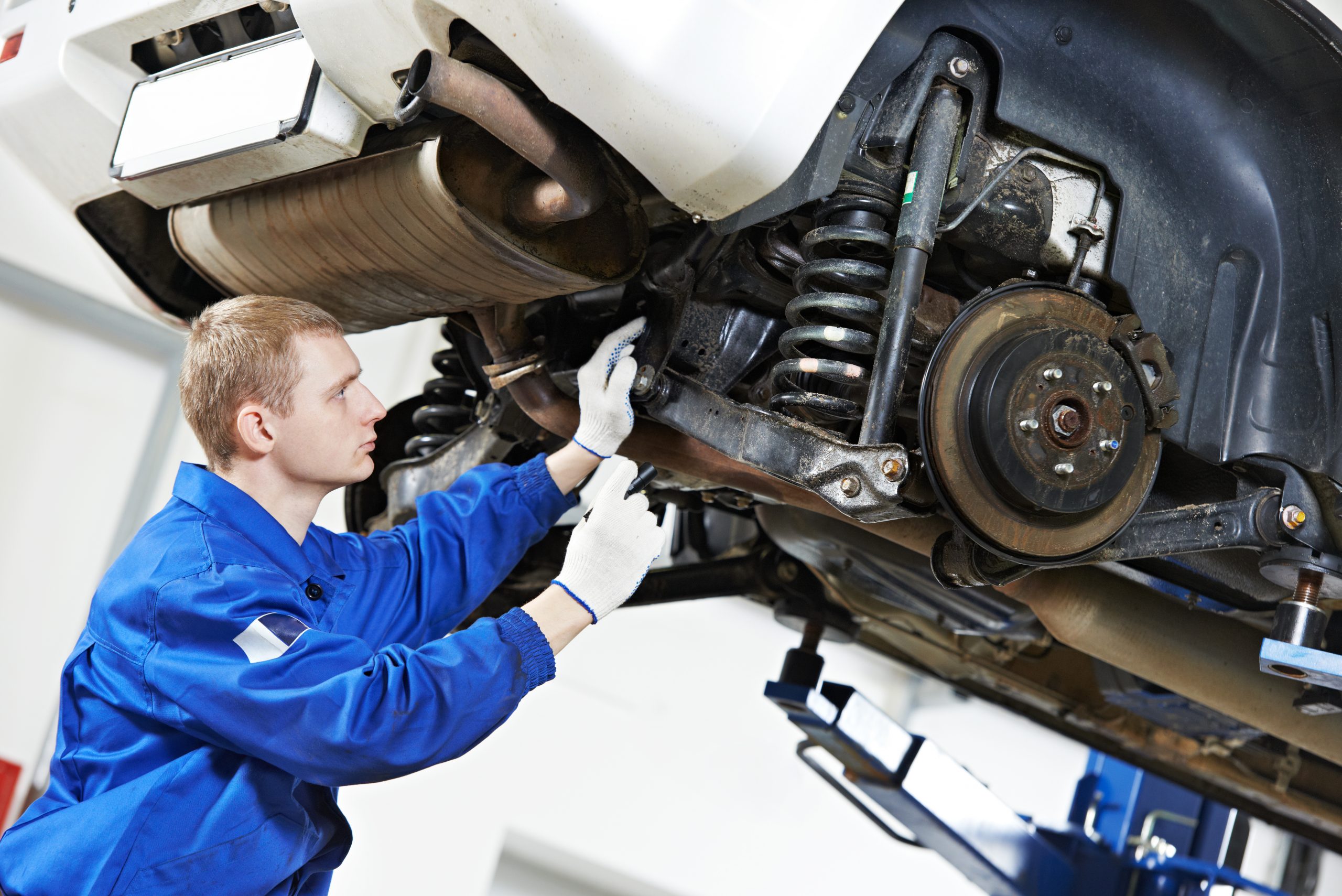All Categories
Featured
When it concerns car upkeep, tires are usually one of the most neglected components, although they play a critical role in the security and performance of your automobile. Tire turning and positioning are two important services that aid ensure your tires wear equally, last longer, and proceed to perform at their finest. Here's everything you require to know regarding tire rotation and placement and why they matter for your vehicle.
What Is Tire Rotation? Tire rotation is the process of relocating the tires from one placement to an additional to make sure also put on throughout all 4 tires. The front and rear tires of a vehicle wear at various prices because of the weight circulation and the reality that the front tires deal with both steering and braking. By revolving the tires routinely, usually every 6,000 to 8,000 miles, you can stabilize out the wear and expand the life of your tires.
In a lot of lorries, the tires will certainly be turned from front to back, and in many cases, side-to-side, depending upon the tire kind and your car's requirements. This ensures that each tire births an equal amount of tension and pressure. Normal tire turnings likewise boost vehicle handling and ride high quality, as well as add to far better gas performance.
What Is Tire Alignment? Tire alignment refers to readjusting the angles of your car's wheels to guarantee they are positioned appropriately according to the maker's requirements. Proper positioning guarantees that your tires are parallel to each other and perpendicular to the ground, which aids enhance the general handling, security, and life expectancy of your tires.
There are three vital facets of positioning:
Camber: The tilt of the wheels when seen from the front. If the wheels lean internal or exterior, it can create uneven tire wear. Wheel: The angle of the steering axis when watched from the side. Proper caster alignment makes sure stable guiding and better lorry control. Toe: The angle at which the tires aim internal or exterior when watched from above. Wrong toe alignment can cause tires to use unevenly and impact taking care of. Imbalance can occur due to elements like striking holes, aesthetics, or driving over rough terrain, and also routine driving in time can slowly trigger imbalance. Getting a positioning check every 1-2 years or when you observe taking care of problems is important for optimal tire performance.
Why Are Tire Rotation and Placement Important? Maximized Tire Life:. Tire turning makes certain also wear throughout all 4 tires, avoiding early tire substitute. Misaligned tires put on unevenly, which can lead to the demand for more frequent tire substitutes. Both tire rotation and placement increase the life expectancy of your tires, conserving you money over time.
Improved Safety And Security:. Proper placement helps keep your vehicle tracking directly, enhancing stability and handling. Misaligned tires can result in pulling, that makes it tougher to control your car, specifically at high rates or in emergency scenarios. Tire turning also guarantees your automobile's handling remains regular, boosting your ability to stop quickly and preserve control.
Better Fuel Effectiveness:. When your tires are properly lined up, they experience much less rolling resistance, implying your engine doesn't need to function as hard to move the car. This decreases fuel usage and enhances gas mileage. Misalignment can cause your tires to drag, causing bad fuel effectiveness.
Smoother Adventure:. Misaligned or unevenly worn tires can create resonances in the steering wheel or automobile body, which can be uncomfortable while driving. Routine tire turning and alignment can supply a smoother and quieter ride, minimizing unnecessary sound and vibrations.
Indicators You Required Tire Turning or Alignment. It is very important to be familiar with warning indications that your tires may need focus. Watch out for:
Irregular Tire Put On: If you notice that one tire is a lot more worn than others, it could be an indicator that it's time for a rotation or positioning. Steering Drawing away: If your vehicle pulls away, particularly when you're driving right, it can suggest misalignment. Vibrations or Unusual Sounds: If your wheel trembles or you listen to a humming or grumbling sound, your alignment may be off. Squealing Tires: A high-pitched squeal can indicate misalignment or that your tires are used unevenly. If you discover any one of these signs, it's an excellent idea to have your automobile inspected immediately to stop further damage to your tires or shock absorber.
Just How Typically Should You Rotate and Straighten Your Tires? Tire turning is normally suggested every 6,000 to 8,000 miles or every six months, relying on your auto's handbook and driving conditions. It's additionally a good idea to rotate your tires throughout oil changes to make sure they get the attention they need.
For placement, many specialists recommend having your tires lined up yearly or if you notice any kind of dealing with problems. If you've lately struck a pit, curb, or an additional barrier, it's a good concept to have your positioning checked faster to stay clear of irregular tire wear.

Final Thought: Maintain Your Tires for Longevity and Safety and security. Tire rotation and alignment are simple yet crucial facets of automobile upkeep that add to longer tire life, improved safety, and far better fuel performance. By complying with the suggested service periods for tire turning and placement, you can guarantee your tires remain in leading condition, giving a smoother and more secure driving experience. Normal upkeep helps you prevent unexpected tire wear, expensive fixings, and prospective mishaps, making it a sensible investment for your auto's general performance.
Latest Posts
Change Your Shower Room Without the Stress And Anxiety
Eco-Friendly Bath Remodels with Bath Fitter
Speedy Fixes for Your Vehicle - Schedule with Montclare Auto Repair Without Delay